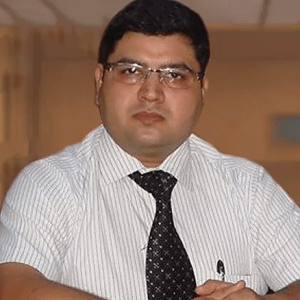Synovial Cysts
WHAT ARE SYNOVIAL CYSTS? A synovial cyst can be described as a fluid-filled sac that develops due to the degeneration that occurs in the spine. This can also be called “joint fluid cyst” or “synovial fluid cyst”. This fluid-filled sac results in the pressure been exerted on the spinal canal creating spinal stenosis of the […] Read More
Top Doctors For Synovial Cysts Treatments
Top Hospitals For Synovial Cysts Treatments
Synovial Cysts
- Wrist
- Foot
- Knee
- Finger
- Thumb
- Hand
- Ankle
- Toe
- Shoulder
- Elbow
- Popliteal space behind the knee.
- The use of pain relievers such as acetaminophen, ibuprofen, etc, to reduce the pain that could affect the quality of your life.
- You will be advised to reduce strenuous activities or strenuous activities or exercises. Although mild and stretchy exercises could help.
- The use of cold and heat therapy could be employed in the treatment of synovial cyst.
- Your doctor may also recommend the use of facet injection in draining the fluid from the cyst through the facet joint, then a steroid is administered after the fluid is removed which aids the swelling and inflammation at the joint.
- An epidural steroid injection is also used in treating synovial cyst. This procedure involves injecting an epidural steroid injection directly into the pain. Here, the cyst is removed or reduced rather the injection is injected with aim of reducing the pain. This method is effective when combined with other methods of treatment.
- Surgery, which involves synovial cyst removal, could be recommended by your doctor, especially when other methods are not productive. The surgery is not a complicated one but it will take recovery time. However, the innovation in technology and medicine has lead to an improvement in the surgical technique of this procedure.
Symptoms
A synovial cyst hardly produces symptoms until it becomes very large and compresses the spine hence producing symptoms of spinal stenosis. These symptoms include:
- Pain in the lower back.
- Pains in one or both legs.
- Radiating pain that moves from the back of the leg to the feet.
- Cramping in the legs.
- The feeling of numbness or tingling in one or both legs.
- Increasing pain in the legs and lower back especially when standing and relieves when sitting.
Causes
WHAT CAUSES SYNOVIAL CYSTS?
A synovial cyst is caused by the degeneration occurring in the facet joints of the lumbar spine at the level of the L4-L5 and rarely at L3-L4- which is the lower portion of the back, where the spine curves inward.
The pain is suspected to arise from the venous blood supply around the nerves that have not been able to drain properly leading to also to irritation. When you sit, the pain may be relieved as the pressure at the lumbar region is reduced.
The facet joint is characterized by two opposing surfaces that are covered by a smooth slippery surface that allows a joint to move called “cartilage” and a thick capsule that contains a thin film of tissue that generates fluid within the joint called the “synovium”. When the joint degenerates, it produces more fluid.
RISK FACTOR OF SYNOVIAL CYST
Synovial cysts are predominantly found in people within the age of 50 years and above. It is quite rare to find a synovial cyst in young adults or children. Hence, age is a predominant factor in assessing the risk of developing synovial cyst.
Some diseases such as arthritis and other joint diseases could be a risk factor as the rate at which the facet joint degenerates in these people is high, hence, leading to the formation of a synovial cyst.



















































































































































































